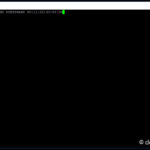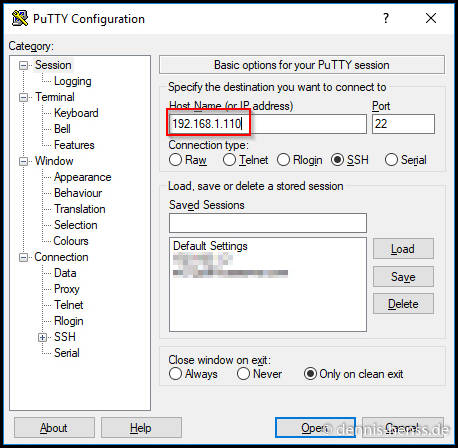
Although the target system power state is the same between hybrid shutdown and hibernates (S4), Windows will only explicitly disable WOL when it's a hybrid shutdown transition, and not during a hibernate transition. Double-click (or double-tap) Network adapters or select the + or > button next to it to expand that section.
Etherwake vs wakeonlan Bluetooth#
Ignore Bluetooth connections and virtual adapters. There are a few different settings to enable here: Open Device Manager. So WOL is supported only from sleep (S3), or when the user explicitly requests to enter hibernate (S4) state in Windows 10. Windows Wake-on-LAN is set up through Device Manager. In computing, Wake on LAN (WoL) is a networking standard protocol that can turn on a device from a low-power state using a special signal over the local network (also referred to as a magic. This behavior removes the possibility of invalid wake-ups when an explicit shutdown is requested. Network adapters are explicitly not armed for WOL in these cases, because users expect zero power consumption and battery drain in the shutdown state. Im trying to use wakeonlan to send a magic packet. System Status Download Now Parsec for Teams Game Developers. All Advanced Configuration Options Parsec. In this scenario, WOL from S4 or S5 is unsupported. The velocity - versus - time graph of Figure 2. In Windows 10, the default shutdown behavior puts the system into the hybrid shutdown (also known as Fast Startup) state (S4). So waking from S5 is possible on some systems if enough residual power is supplied to the network adapter, even though the system is in the S5 state and devices are in D3. However, some network adapters can be left armed for waking if enough residual power is available. WOL from S5 isn't officially supported in Windows 7. And all devices are put into the lowest power state (D3). Here's an example of a typical use: wakeonlan -i 192.168.1.


In Windows 7, the default shutdown operation puts the system into the classic shutdown state (S5). (It's a Perl script for waking up computers via Wake-On-LAN magic packets.) When installed, you can send a 'magic packet' from your Terminal to any device using its IP (Internet Protocol) and MAC (Media Access Control) address. The default behavior in response to WOL events has changed from Windows 7 to Windows 10. Typically, such an event is a specially constructed Ethernet packet.

The Wake on LAN (WOL) feature wakes a computer from a low-power state when a network adapter detects a WOL event.
Etherwake vs wakeonlan Pc#
Gerald Combs at 21:39 If I do man ethers it tells me I should have an /etc/ethers file, but it doesnt exist. I have followed the below procedure: Set the Host PC (Ubuntu 14.04) with etherwake or wakeonlan utility ready for sending the magic packet.
Etherwake vs wakeonlan how to#
This article provides information on how to enable Wake on LAN behavior in different versions of Windows.Īpplies to: Windows 10, version 1903, Windows 10, version 1809, Windows 7 Service Pack 1 Original KB number: 2776718 Summary The ethers (5) man page on FreeBSD says the hostname (the second field of each line) should match an entry in /etc/hosts, while ethers (5) on Linux says it should be resolvable using DNS or a numeric IP address.


 0 kommentar(er)
0 kommentar(er)
